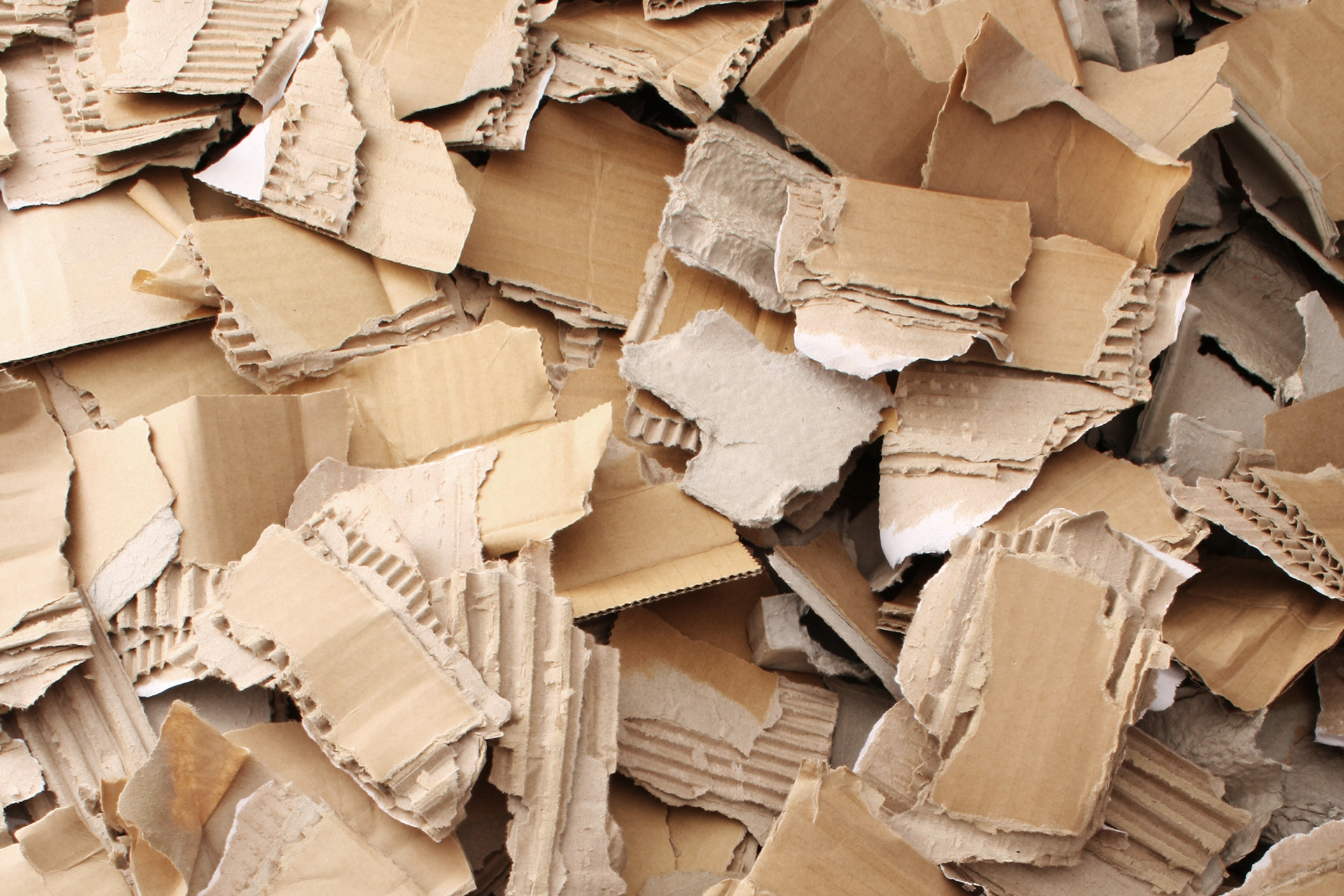Nowadays, a lot of cardboard and other cardboard waste accumulates, especially from food packaging and postal parcels, so sorting them into something other than mixed waste is important. But how do you know whether the waste belongs in cardboard or perhaps paper? Here are some sorting tips.
Recycling cardboard and paper is important because it allows the materials to be reused. Sorting is also financially beneficial: by recycling, you save on household costs, as the price of mixed waste is significantly higher than the price of cardboard and paper waste. Our houses have their own waste containers or suction pipes for cardboard and paper waste.
Put these in the cardboard collection:
- cardboard packaging and wrapping: including milk and juice cans, biscuit packages, cereal boxes, cardboard wrapping for ready-made meals
- paper bags and sacks (including bread and flour bags)
- kitchen and toilet paper cores and egg cartons
- disposable cardboard containers
- cardboard boxes and mailing bags
When you flatten the packaging, more of it will fit in the waste bin. Food scraps should be removed from the packaging. Please do not put colored gift wrapping paper in the cardboard waste, which belongs in the mixed waste.
Put these in the paper collection:
- all paper that comes through the mailbox: newspapers and magazines, advertisements, envelopes, postcards
- brochures and product catalogs
- copy paper and prints
- drawing paper, sticky notes and notepad paper
The paper must be clean and dry. Staples do not need to be removed. Books are not suitable for paper collection, but belong in mixed waste.
How is recycled cardboard and paper utilized?
Recycled cardboard is used to make many consumer goods, such as new cardboard packaging, envelopes, cardboard cores and corrugated cardboard. Household waste paper is used to make newsprint. By recycling cardboard and paper as raw materials, the number of trees that need to be felled is reduced.


